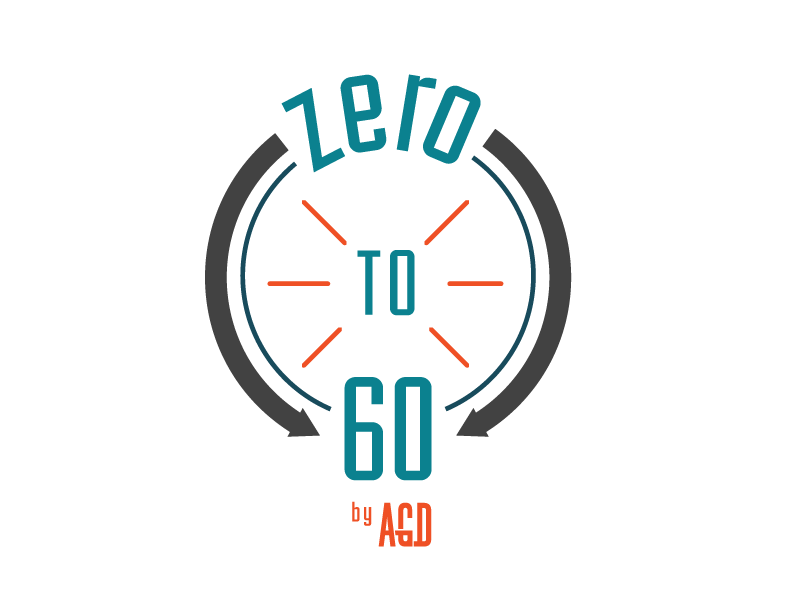In navigating the different avenues of making money in the music industry, guests ET Brown, Dustin Boyer, and Tommy Stalnecht spoke on industry revenues such as royalties, merchandising, streaming, and touring at AGD’s Revenue and Royalties Workshop in January 2019. It is said that to make a small fortune in the music industry you must start with a large fortune. At the panel, Artist Coach Gayle Davidson tackled the real issues on how to understand and utilize the resources that musicians have to earn a living in today’s industry.
“Identify who’s spending money on your music, and get your content in front and above the ocean of other content that their consuming. You have to be more intentional.”
Royalties
The most daunting revenue option is that of royalties and working with performance rights organizations (PRO’s). Panelist ET Brown, a coordinator in writer/publisher relations at SESAC, shared on how the timing of reaching out and registering with a PRO all depends on the artists relationships and their research. As the industry is founded on relationships, talking with each PRO option, SESAC, BMI, or ASCAP—even though SESAC is invitation only—and finding a representative that communicates and connects with the artist is the best path to registering. Doing research and diving into the different options allows for open communication, efficient execution, and future success.
The panelists gave a couple reminders and suggestions to those who have or will have a PRO. For one, registering performances as artists go on tour is essential. Also, for Christian music specifically, one can register with CCLI and receive royalties on lyrics being displayed in churches. Concerning, digital performance royalties, an artist can register with SoundExchange. In order to create these essential relationships with PRO’s and any industry executive, consistency and being intentional is the name of the game. Be curious, but also be educated.
Merchandising:
Start now. Tommy Stalnecht, as Founder and CEO of Single Music : Shopify Music Distribution, spoke to how with on-demand merchandise creation, there is no better time to start testing products and markets than now. There might not be a large profit margin in the beginning, but utilizing the convenience of on-demand production will help build strategy and effectiveness with future merchandise roll-outs. The quality of on-demand has improved over the years, but is still lacking in comparison to mass-produced product. However, the quality grows as the artist’s buy-in grows. So, the level of product will coincide with the level of the musician. Stalnecht strongly encourages designing merchandise in general trends and designs, so the merchandise can live outside of the artist’s brand. The artist must also utilize digital bundling with this available technology. It’s smart to note that each genre and market will have specific merchandise preferences. For example, Country artists have success is CD sales where Americana artists pull more towards Vinyl. EDM artists can afford to produce nontraditional products for their fans, because that is what appeals to that demographic. Find what works in the genre that you are working in, and try to be unique within that type of merchandise.
Streaming:
There can be a miscommunication between the creative and consumer when it comes to streaming. Consumers believe and emphasize that artist’s do not make significant money in the streaming world. In contrast, many artists place their sole efforts into streaming and that is where they find their livelihood. Consumers do not see that streaming can pay through PRO or master use. There is a threshold where it starts to make sense to have a label push the artists songs. An artist can make more money by owning the music and getting less streams, versus letting their PRO get a percentage on more streams. There is a world where you can make a living from streaming. There is a world where you can make more money on the songs that you own. Do things independently, until it’s financially justifiable to give that money to someone else.
Touring:
When it comes to touring, an artist needs to use the data so readily available to them to target certain markets. Boyer notes, R&B focuses solely on streaming at first, and touring is for later in their career. It’s also notable that in Country and Pop, males create a following more when they strategize through touring, where females build a following more online. Also notable that to engage a male audience, touring is more effective, but women get involved more online. Aligning music releases with touring builds momentum and creates that desired engagement.
“Every artist in their brain needs to think about the word “disruption”, because that’s the kind of mentality that you have to have to get people to stop, pay attention, and then capture them.”
With data analytics so easily accessible, there are fresh opportunities to strengthen each source of income. An artist must utilize tools and data that they inherently have at their disposal when a fan purchases a piece of merchandise, engages on a website, or listens to music on a streaming platform. In this way, one can tackle the challenge of why engagement is not matching up on streaming platforms vs. show engagement and the like. Artists need to take their time to rise above every other piece of media. It is a competition, and strategies and content need to be disruptive enough to stick out, and then engaging enough for those passive engagements to become super-fans. Watch what other bands in your market are doing, listen and learn, and rise above it.
